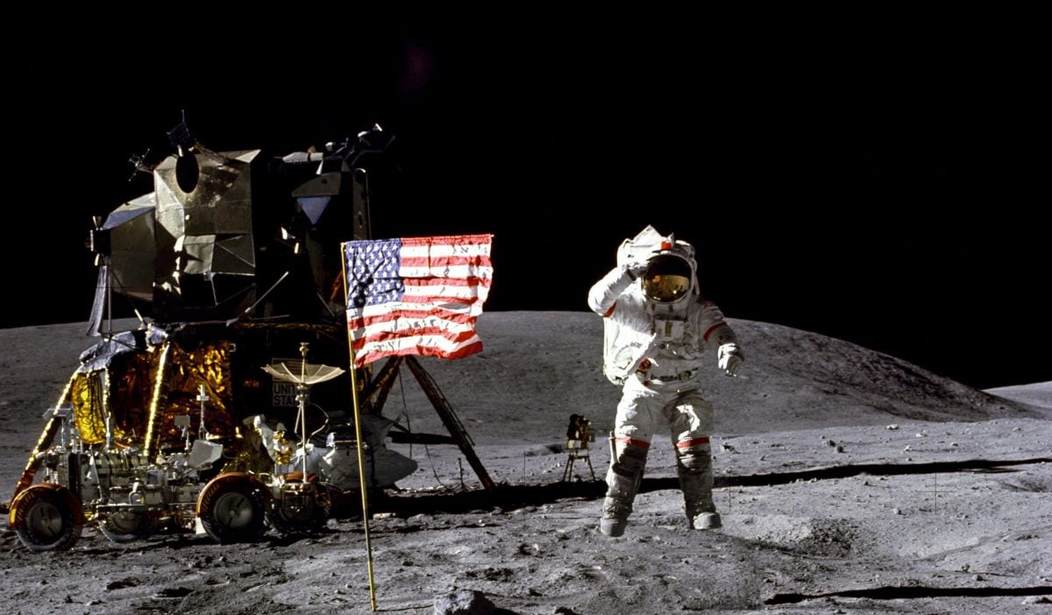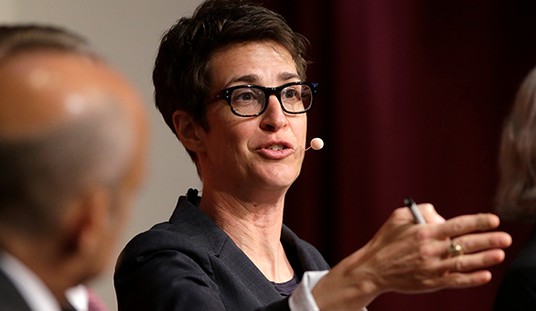John Young, an astronaut who walked on the moon and piloted the first space shuttle mission, has died of complications from pneumonia. He was 87.
Young, a legendary test pilot who flew the first NASA Gemini mission — the space agency’s two-man capsule — went into space six times. He went to the moon twice. Apollo 10 was the second mission to orbit the moon and was a dress rehearsal for Neil Armstrong’s Apollo 11 mission. He also landed on the moon in Apollo 16 in 1972.
In addition to piloting the first space shuttle into orbit in 1981, Young also flew the 6th shuttle mission in 1983. He was the only NASA astronaut to go into space on three different NASA programs; Gemini, Apollo, and the Shuttle.
On that first Gemini mission, Young brought contraband on board — a corned beef sandwich.
Just about two hours into the flight of Gemini 3, NASA’s first two-man space mission 50 years ago Monday (March 23), pilot John Young reached into his spacesuit’s pocket and pulled out a surprise.
“Where did that come from?” Gus Grissom, the mission’s commander, asked his crewmate.
“I brought it with me,” Young replied, somewhat matter of factly. “Let’s see how it tastes. Smells, doesn’t it?”
What Young revealed was the world’s first — and possibly last — corned beef sandwich to fly in space.
The sandwich was a joke, although not everyone learning of it later would laugh. Grissom’s fellow Mercury astronaut Wally Schirra, who had a reputation for pulling pranks (he called them “Gotchas”), had purchased the sandwich from Wolfie’s Restaurant and Sandwich Shop at the Ramada Inn in Cocoa Beach two days earlier. He handed it off to Young the morning that Gemini 3 launched atop a Titan II rocket from Cape Canaveral’s Pad 19 in Florida.
NASA brass was none too pleased. In the weightless environment of space, the bread in the sandwich did not hold together well. As a result, there were crumbs all over the capsule. This was a serious matter because the crumbs could find their way behind electrical panels, shorting out the system and putting the lives of the astronauts in danger.
But the public loved the stunt and NASA dropped the matter.
John Young possessed an irrepressible spirit for adventure and was a daring test pilot. Only the very best test pilots take up new aircraft and Young had the distinction of being the first to fly a two-man Gemini capsule with one of the original Mercury astronauts, Gus Grissom (Grissom died in the Apollo 1 fire.) He was also the first to fly the Space Shuttle — a vehicle that was not tested in space before launch.
“I think if you look at all the things we had to do, flying a winged launch vehicle into space without any previous unmanned test, it probably was very bold,” Young told collectSPACE.com in 2006, on the 25th anniversary of the STS-1 mission.
For two days and six hours, Young and Crippen tested Columbia’s systems before returning to Earth like no other orbital spacecraft had done before — with wings, gliding to a touchdown on the dry lake bed at Edwards Air Force Base in southern California.
“This is the world’s greatest flying machine, I’ll tell you that,” stated Young, as the orbiter came to a wheels stop under his control.
Yes, Young had the Right Stuff. But in remembering his exploits, we should also be saddened by how far NASA has fallen since Young’s historic flights. This is an agency that has become just another ossified bureaucracy of the federal government. It is managed by bureaucrats, not dreamers and doers. Its legendary “can do” attitude has degenerated into “can’t do.” And the agency’s vision is limited to a couple of hundred miles above the earth’s atmosphere rather than the stars.
It’s not that NASA doesn’t do some incredible stuff. The Kepler Space Telescope has been scanning the universe for planets orbiting other stars and has discovered at least 2500 new worlds. The Mars rovers are still working after more than a decade of exploration, making fantastic and unexpected discoveries about the red planet. The New Horizons’ 9 billion mile trip to Pluto was a spectacular success, sending back data that scientists will be studying for decades.
But the next stage in the age of space exploration will almost certainly not belong to governments, but to private companies. Perhaps this is how it should be, given the enormous cost of sending humans into space.
But those of us who were alive during NASA’s glory days look back at our heroes like John Young and wistfully contemplate what might have been.










Join the conversation as a VIP Member